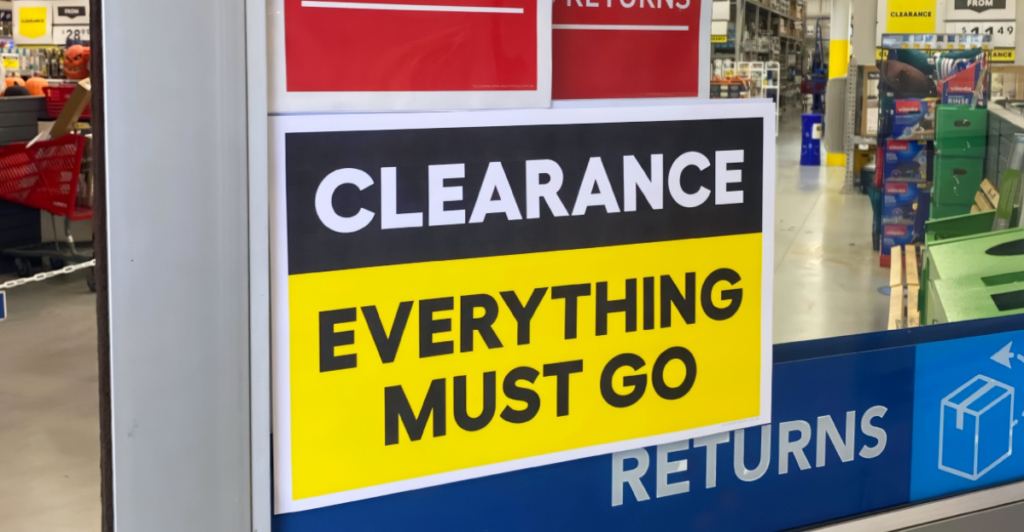
So, if you’ve heard Lowe’s is closing its doors, don’t panic just yet. The home improvement retailer isn’t closing down nationwide, but yes—a bunch of stores are closing. What’s really going on is half strategy, half housekeeping.
Certain stores are underperforming, and Lowe’s is cutting the fat to lean out. It’s not the end of an era, but it’s certainly a notable shift. Of course, rumors fly like crazy—particularly when jobs are on the line and markdowns begin to become a reality.
So what is happening behind the scenes? Let’s examine 20 things you should know about the Lowe’s store closures that have already begun.
Targeted, Not Total, Shutdown
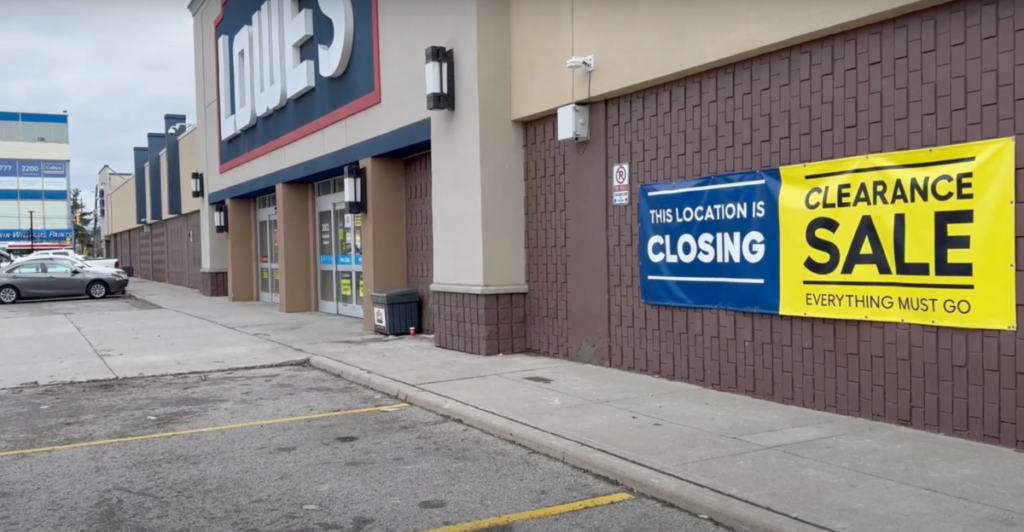
Lowe’s is shutting down individual stores—not pulling out of entire states or regions. These are low-performing locations that haven’t met sales targets or seen enough traffic to stay viable.
Rather than fighting a losing battle, Lowe’s is making selective exits. This is similar to what they did back in 2018 when 51 stores shut down. The same playbook is being used now in 2025.
Most closures won’t be heavily publicized—expect to see liquidation signs and fewer shoppers before official word drops. Bottom line: Lowe’s isn’t collapsing. It’s restructuring, and only certain communities will feel the change directly.
What Is the “Total Home Strategy”?

The closures tie into Lowe’s big-picture play: the Total Home Strategy. This isn’t just corporate jargon—it’s a long-term plan focused on boosting efficiency, customer experience, and profitability. Instead of trying to be everywhere, Lowe’s is focusing on being excellent where it matters.
That means better digital shopping, enhanced loyalty programs, and services tailored for pros. Locations that don’t align with this strategy—either due to logistics, revenue, or audience—are being phased out. Less real estate, more results.
For Lowe’s, it’s about quality over quantity. For shoppers, it could mean fewer aisles, but faster service and smarter systems.
Why Closures Can Actually Be Good Business

It might feel unsettling, but in the retail world, closing stores doesn’t always signal trouble. Often, it shows strategic discipline. With rising labor costs, changing shopping habits, and digital competition, retailers like Lowe’s are choosing leaner, smarter operations.
Closing a few stores can free up money to invest in tech, customer experience, and supply chains. So closures may seem like a retreat, but they’re sometimes an aggressive act, not a defensive one.
Lowe’s, in other words, isn’t waving the white flag—it’s reengineering. Think of it like a home remodel: you need to knock out a wall to achieve more open space.
Easter Closure Confusion

Lowe’s recently shut all stores on Easter Sunday to give workers the day off. Sounds straightforward enough, right? But timing is everything. With actual closures occurring this month, some shoppers interpreted the Easter break as something more apocalyptic.
Rumors swirled online—some said it was a complete shutdown. Let’s be clear: Easter Sunday was a scheduled, temporary closure. Stores reopened Monday as usual.
But mix strategic closures with one-off holidays, and confusion spreads quickly. Just another case of the internet jumping the gun before facts settle in. Keep calm, and check your sources.
How to Tell If Your Store’s at Risk
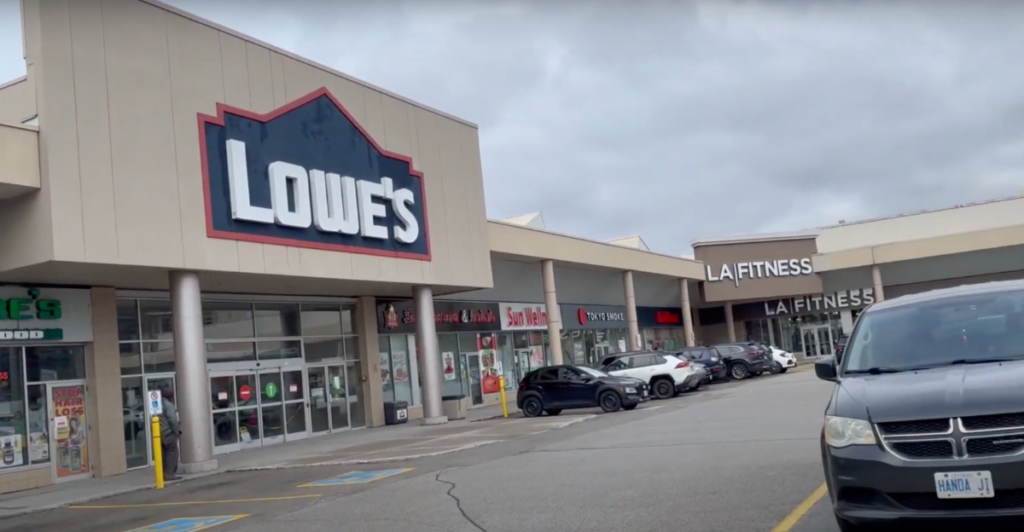
Worried your local Lowe’s might be next? Watch for real signs. Clearance sales, slashed prices, and increased staff turnover can be early indicators. If your store is rarely crowded or shelves look half-stocked, it might not be pulling in enough revenue to stay open.
Smaller towns and rural areas are particularly vulnerable—especially those with multiple Lowe’s locations nearby. The company isn’t closing stores randomly.
They’re targeting overlapping markets and low ROI stores. If your local branch is near a booming Home Depot or fails to draw contractor traffic, its future may be hanging in the balance.
The Impact on Small-Town Shoppers

For big cities, losing one store might not mean much. But in smaller towns, the loss of a Lowe’s can really sting. Many of these locations serve as the only major home improvement outlet within miles.
Losing it could mean longer drives, higher delivery fees, or settling for less-equipped local stores. Not everyone wants to order tools online—especially not older customers or contractors who need to see what they’re buying.
Lowe’s promises to beef up delivery options, but let’s be real: there’s no true replacement for in-person browsing. For some shoppers, this shift feels more like a step back.
What Employees Are Facing

Lowe’s says they’re trying to relocate impacted employees to nearby stores. That’s the PR version. In reality, not every staff member will get an offer—and even fewer may be able to accept one.
Some can’t commute farther, others won’t find the same role. For full-time workers, this could mean a complete career disruption. Many retail employees already live paycheck to paycheck. A sudden store closure can create chaos.
Though Lowe’s has offered transition assistance, the truth is messy. Some people will land on their feet. Others will be left scrambling. It’s the human cost behind the corporate reshuffle.
This Isn’t Just a Lowe’s Problem
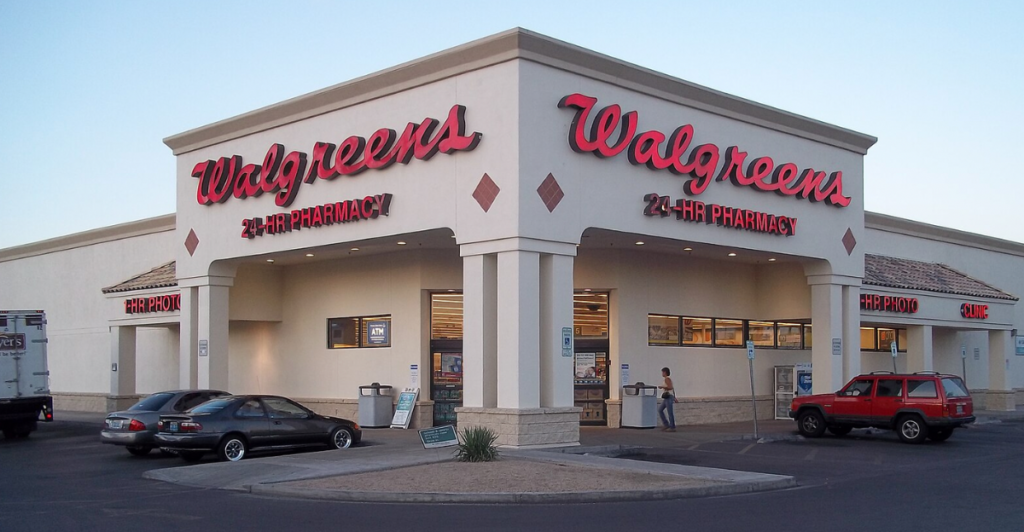
Retail is changing, fast. Lowe’s isn’t the only big-name store making tough calls. In 2025 alone, Best Buy, Rite Aid, Walgreens, and even Macy’s have all announced closures.
Brick-and-mortar is struggling as online shopping dominates and labor costs soar. Many companies are shifting focus to digital, downsizing store counts to stay profitable. For Lowe’s, it’s part of a larger industry pattern—not an isolated collapse.
The stores that survive this retail evolution are the ones that adapt. Closing a few doors now might be the thing that keeps the whole house from falling later.
What’s Replacing Closed Stores?

So what happens to shuttered Lowe’s buildings? In some cases, nothing—for a while. Large-format retail spaces can be tough to fill, especially in smaller markets.
But in busier areas, old Lowe’s locations are often converted into gyms, supermarkets, or warehouses. Occasionally, rival hardware stores swoop in. Others might get transformed into last-mile delivery centers for e-commerce giants. It depends on the city, the space, and the demand.
Unfortunately, for some communities, a closing Lowe’s leaves a literal and economic hole. The ripple effects on local jobs, property value, and even small businesses can last longer than the clearance sales.
How Competitors Are Reacting
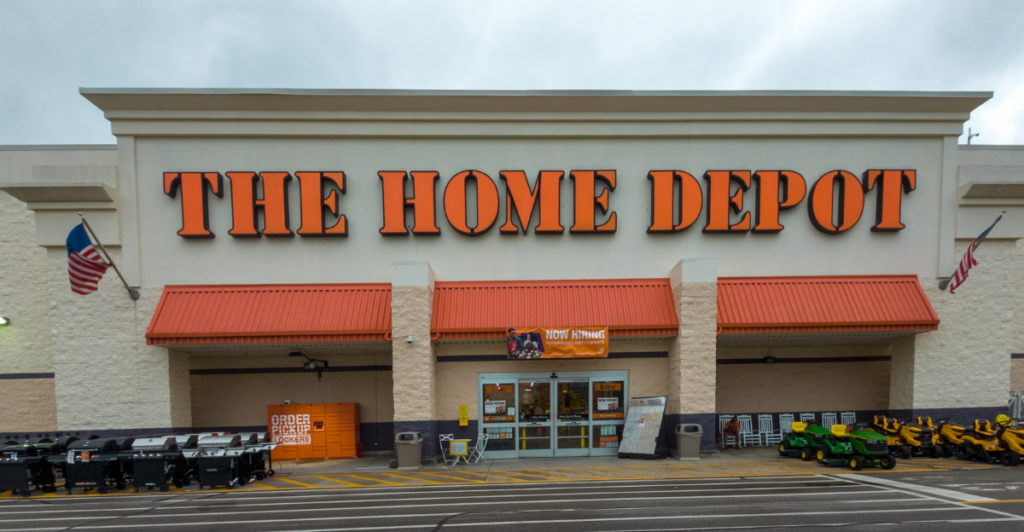
Home Depot, Menards, and even Ace Hardware are watching closely. Any Lowe’s store that closes presents an opportunity for competitors to scoop up customers.
Expect to see promotions, ads, and service upgrades from rival stores in areas where Lowe’s has pulled out. Some will even expand their inventory or staff to handle the new demand. In this way, Lowe’s closures don’t just impact one company—they disrupt the local home improvement landscape.
For shoppers, this could lead to better deals. For competitors, it’s a turf war. And everyone’s trying to grab a bigger piece of the home improvement pie.
The Role of E-Commerce

More homeowners than ever are shopping online for tools, fixtures, and renovation supplies. Lowe’s has been pushing into digital sales with improved website functionality, mobile apps, and home delivery.
But online can’t fully replace physical locations—especially for bulk items or contractor services. Still, e-commerce is shaping store decisions. If a location has poor foot traffic but high digital sales nearby, it may still close and be served virtually instead.
Lowe’s knows the future is hybrid: digital convenience with physical access when it counts. Store closures, in part, are about reallocating resources to build that hybrid experience more effectively.
Customer Loyalty Is Being Tested
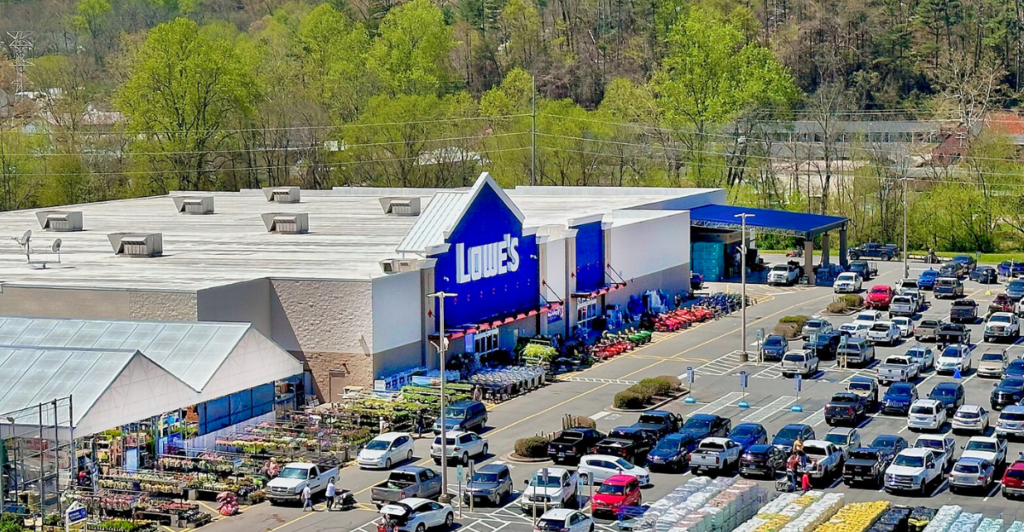
Lowe’s has spent years building customer loyalty through rewards programs, credit cards, and pro partnerships. Store closures could jeopardize that trust, especially in communities where customers feel abandoned.
Losing access to a store might push shoppers toward a competitor—even if they loved Lowe’s before. That’s why the company is doubling down on communication and perks, reminding customers that Lowe’s is still committed to its needs.
Digital rewards, mobile coupons, and pro-level service upgrades are all part of the retention playbook. But loyalty is fragile, and once broken, it’s hard to rebuild. These next few months will be crucial.
What About the Pro Customers?

Contractors, handymen, and renovation businesses rely on Lowe’s for daily operations. Lowe’s has worked hard to become a trusted brand for “pro” customers—but store closures could disrupt their workflows.
Pros need consistent inventory, easy pickup, and predictable support. When a store disappears, they have to reorganize supply chains on short notice. To soften the blow, Lowe’s is enhancing Pro Loyalty benefits and offering improved delivery and pickup options.
But make no mistake: if a competitor makes life easier, even loyal pros might jump ship. In this space, convenience and reliability often matter more than brand names.
What the Stock Market Thinks

Investors aren’t freaking out. In fact, Wall Street often sees store closures as smart fiscal moves. By cutting underperforming assets, Lowe’s is seen as protecting long-term profitability.
The company’s stock hasn’t plummeted—in fact, it’s holding relatively steady. Analysts believe Lowe’s is making the hard choices now to avoid bigger problems later. Plus, there’s confidence in Lowe’s digital growth and strategy for pros.
So while some news outlets might spin panic, financial experts see this as pruning, not panic. For shareholders, it’s just another round of retail realignment—and potentially a win if it boosts overall margins.
The Social Media Fallout

You know the internet: one viral post and suddenly everyone thinks Lowe’s is dead. TikTokers, Redditors, and YouTube doomsayers love a good retail apocalypse story.
But many of these posts don’t check facts. They often blend Easter Sunday closures with the real closures happening now, fueling unnecessary drama. Lowe’s is fighting back with clearer press releases and customer emails, but the online world moves fast.
It’s a reminder that retail communication has to be rapid and crystal clear. Otherwise, rumors take root—and in today’s age, public perception can shift overnight with one click.
Why This Feels So Personal

Lowe’s stores are more than just retail spots—they’re woven into the fabric of communities. People remember picking paint for their first apartment or buying tools for Dad on Father’s Day.
For employees, these stores represent years of hard work. So when a closure hits, it feels deeply personal, not just financial. That emotional connection is why the public reaction is so passionate. And it’s why Lowe’s has to tread carefully.
Shuttering a store might make sense on a spreadsheet—but it also shuts down memories, relationships, and hometown traditions. Numbers matter, but so does community trust.
Are More Closures Coming?
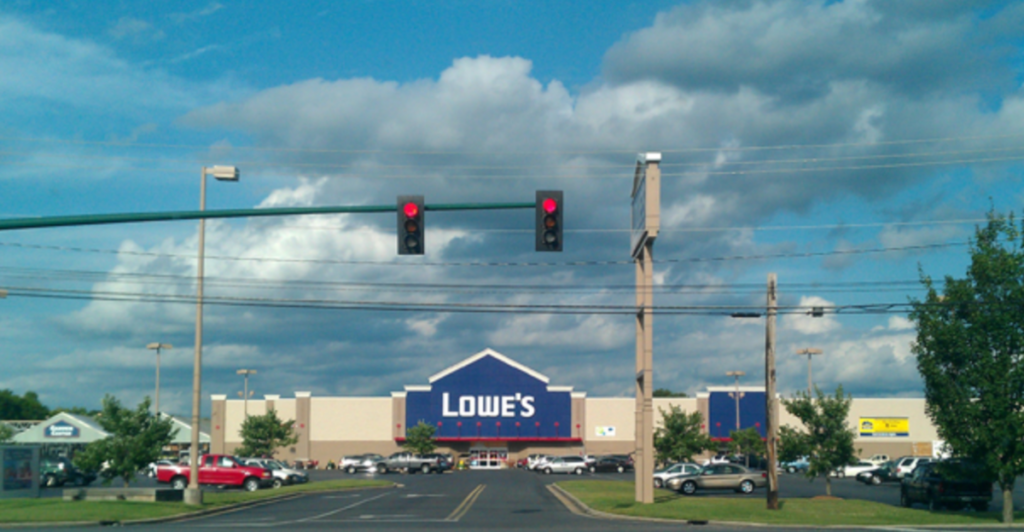
The short answer? Probably. Retail chains rarely stop after one round of cuts. Lowe’s will likely monitor performance continuously and close additional stores as needed.
Any locations under review now may be scheduled for closure before year’s end. That said, the company won’t do it recklessly—they’re balancing efficiency with reputation. If the Total Home Strategy pays off, future closures could be avoided or at least minimized.
But expect a careful, ongoing evaluation of which stores are worth keeping. It’s all part of Lowe’s plan to stay profitable in a rapidly shifting retail landscape.
What You Can Do as a Shopper

If you treasure your local Lowe’s, the single best thing you can do is shop there—often. Retail is a game of numbers. The more a store sells, the greater the likelihood it stays in business.
Provide feedback, utilize rewards cards, and tell employees you value them. That can make a difference. If your store does shut down, take your business to the closest Lowe’s or voice concerns through their customer service venues. Companies do monitor customer sentiment.
It won’t change a decision overnight, but demonstrating that you care may influence future strategy. You aren’t merely a consumer—you’re part of the equation.
Final Thoughts – It’s Not Goodbye (Yet)

Lowe’s isn’t dying. It’s transforming. Like any business in 2025, it’s facing tough choices—but those choices are part of a broader strategy to stay alive and competitive.
While some communities will lose their stores, the brand itself is far from gone. Expect to see smarter layouts, better online service, and a tighter focus on what customers really want. If you’re affected, it’s valid to feel frustrated.
But this isn’t the end of Lowe’s—it’s a bold new chapter. Keep your eyes on the shelves—and the headlines. Because the next big retail shift is already under construction.
Discover more trending stories and Follow us to keep inspiration flowing to your feed!

Craving more home and lifestyle inspiration? Hit Follow to keep the creativity flowing, and let us know your thoughts in the comments below!
